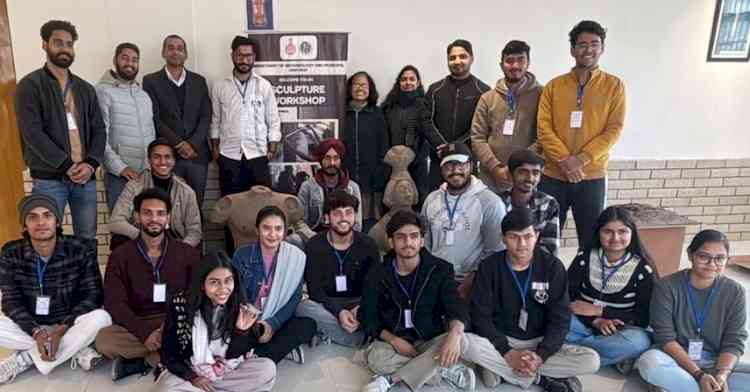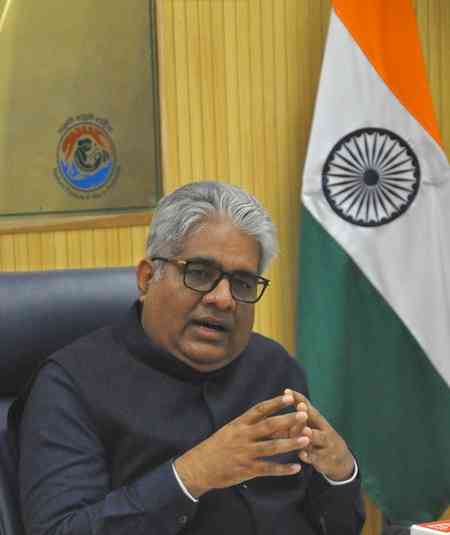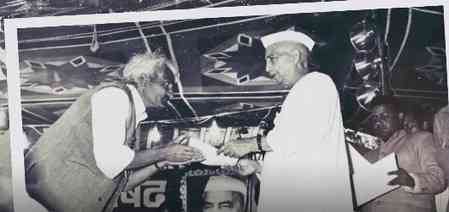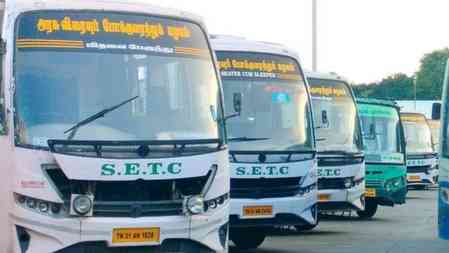Azim Premji University’s Report Evaluates Karnataka’s Shakti Scheme and Women’s Urban Mobility

Bengaluru, November 6, 2025: Azim Premji University’s report on Karnataka's Shakti scheme, reveals that free bus travel for resident women has reshaped the gendered patterns of access to the city. The report, titled “Gender, Welfare, and Mobility: Impact of Shakti Scheme on BMTC Transport Transformation”, authored by economists Tamoghna Halder and Arjun Jayadev from Azim Premji University’s Centre for the Study of the Indian Economy (CSIE), analyses 2.89 crore trips made by BMTC operated buses between January 2023 and January 2025, and shows that women now form the majority on many of the city’s busiest routes, including its central business district.
Key findings
- Changes in Ridership: After the scheme’s launch on 11 June 2023, even by conservative estimates, women’s ridership spiked by 2.5 times and settled into a new level with women outnumbering men by 60:40 ratio on an average, indicating a structural shift in access to public transport.
- Fiscal Balance: While the Shakti subsidy slightly exceeds fare revenue from non-beneficiaries, the overall gap is narrow relative to the scale of the scheme.
- Geographical Equity: Uptake is most pronounced in northern, western, and central Bengaluru; eastern peripheries and peri-urban, mostly migrant neighbourhoods lag behind due to potentially weaker BMTC coverage and exclusion of migrant women from the scheme.
- Integration with Metro: Metro feeder corridors around saw sharp increases in women riders. Following Purple Line extensions, some corridors show bus-to-metro substitution, though Shakti users continue to prefer buses due to zero fares.
- Social Equity: The study does not find a significant difference in terms of the women’s ridership in the most and least SC-ST concentrated wards in Bengaluru, suggesting that access to Shakti scheme is not contingent on the caste profile of a neighbourhood.
- Access to Opportunities: Route specific analysis indicates that affordable buses expand women’s zones of commute to areas that offer better socio-economic opportunities, for example, the Central Business District (CBD) of Bengaluru, and support access to employment, education, and healthcare.
The authors stress three key policy priorities. “There is a need to expand BMTC capacity in terms of its fleet size, frequency, and integration with metro to absorb demand and also improving last-mile connectivity to ensure universality”, says Arjun Jayadev, one of the authors. The other author, Tamoghna Halder, adds, “extending benefits to migrant women, who remain excluded despite being among the city’s most mobility-constrained groups, is key for fostering inclusive urban citizenship”.


 City Air News
City Air News 











